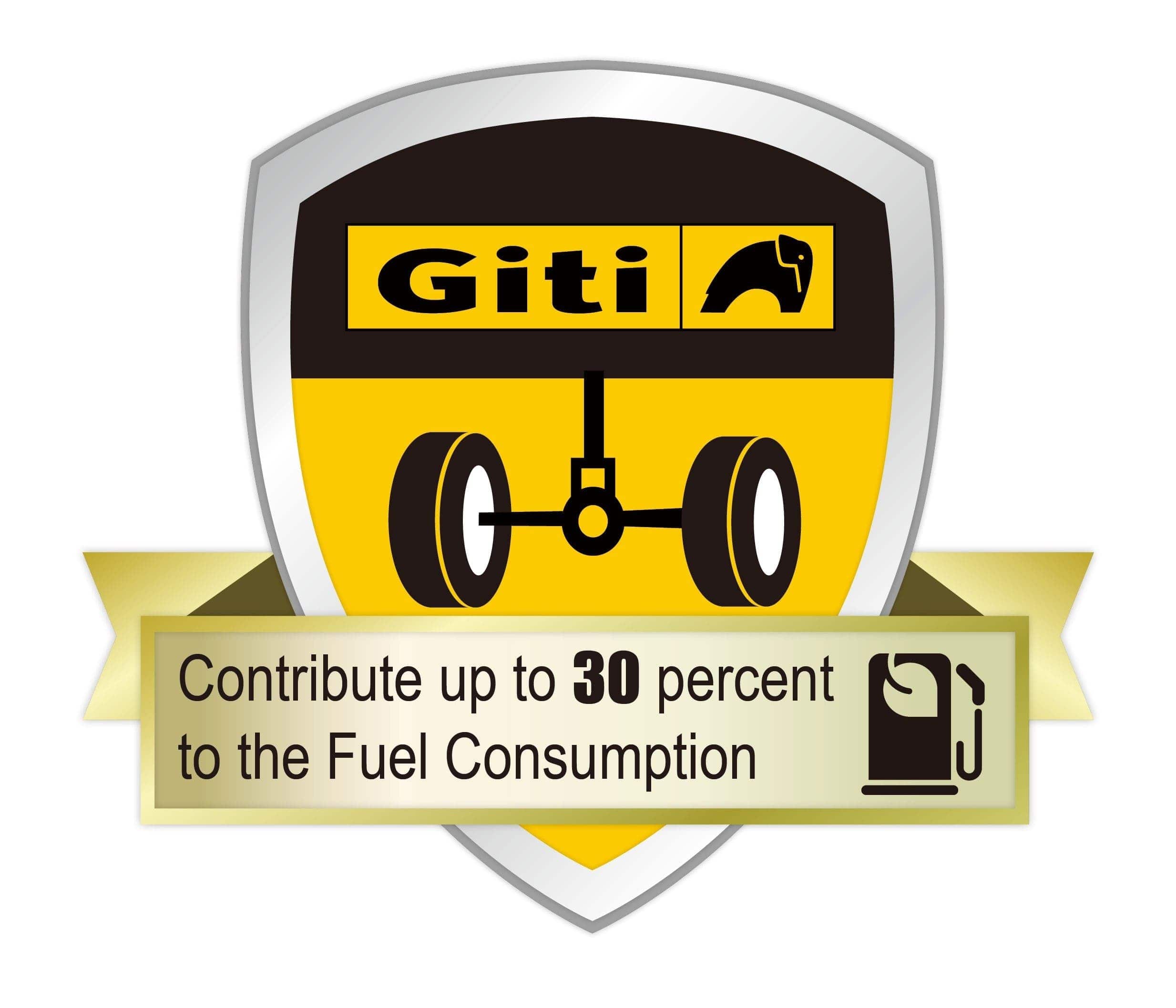How Tyres Contribute to Optimised Fuel Consumption

Tyres are the only thing that stand between the road and the cargo. Tyres can contribute to the bottom line in more ways than just through good deals on purchase and retreading. Here we offer some advice on how to use the rubber in an optimal way.
It is a scientific fact that we need energy to travel, as we need to overcome inertia and rolling resistance. Currently, Diesel is still the source of energy for most commercial vehicles. While burning fossil fuel contributes to pollution, it is also a major cost factor for operators. For these reasons, one should do everything to reduce use of fossil fuels.
There are five factors that influence fuel consumption.
Inertia
This term describes the notion that any body would want to maintain its current direction and speed. In order to change direction and speed, inertia needs to be overcome.
Gravity
Obviously, this is unavoidable and it is the link to the weight of the goods carried.
Aerodynamic Force
Here, engineers are trying to optimise the way vehicles are shaped in order to offer the least possible resistance.
Mechanical Friction
Every component from engine to axles to the tyres will have mechanical friction that needs to be overcome and reduced as much as possible.
Tyres
Finally, this hidden and often not much considered factor are the tyres, which can contribute up to 30 percent to the fuel consumption.
Under the weight that your vehicle carries, tyres are distorted every time they turn. This causes flexing, compression and shearing. While this is essential for the driving comfort and grip, these phenomenon result in rolling resistance. The tyres will return to their original shape after a while, however, in this process, energy is lost. Depending on the mixture of compounds inside the tyre, the rolling resistance will be influenced. The difficult part is to produce a molecular structure that ensures that other characteristics are also being kept.
If a tyre is underinflated, the distortion of the tyre when it rolls is far higher. Thus, the tyre will cause more fuel to be consumed than a properly inflated one. Similarly, wrongly aligned tyres will cause higher friction, resulting in more fuel consumed. In summary so far, optimal performance is achieved by using the correct tyre, having the correct tyre pressure applied and properly aligned wheels. In addition, good driving habits will contribute positively to the fuel efficiency of the vehicle.
Interestingly enough, tyre performance improves as the tyres wear out. A new tyre will have the highest rolling resistance and therefore the most fuel needed. As the tyres wear out, there will be less rubber that is distorted, thus needed less energy. Giti radial tyres, for example, are designed for re-grooving and retreading, giving operators the best mileage while preserving natural resources.



























